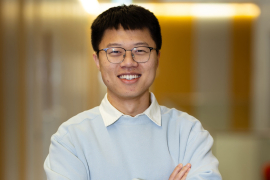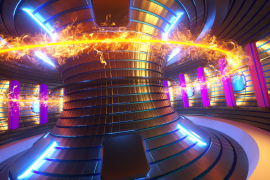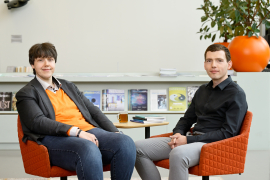The L.INT research group headed by professor Chris Lee, Divertor Triage for Fusion, has now been active for over a year. As a researcher at Fontys Hogeschool, he is in close contact with researchers at DIFFER, including Ivo Classen (group leader Plasma Edge Physics and Diagnostics).
DIFFER
News




